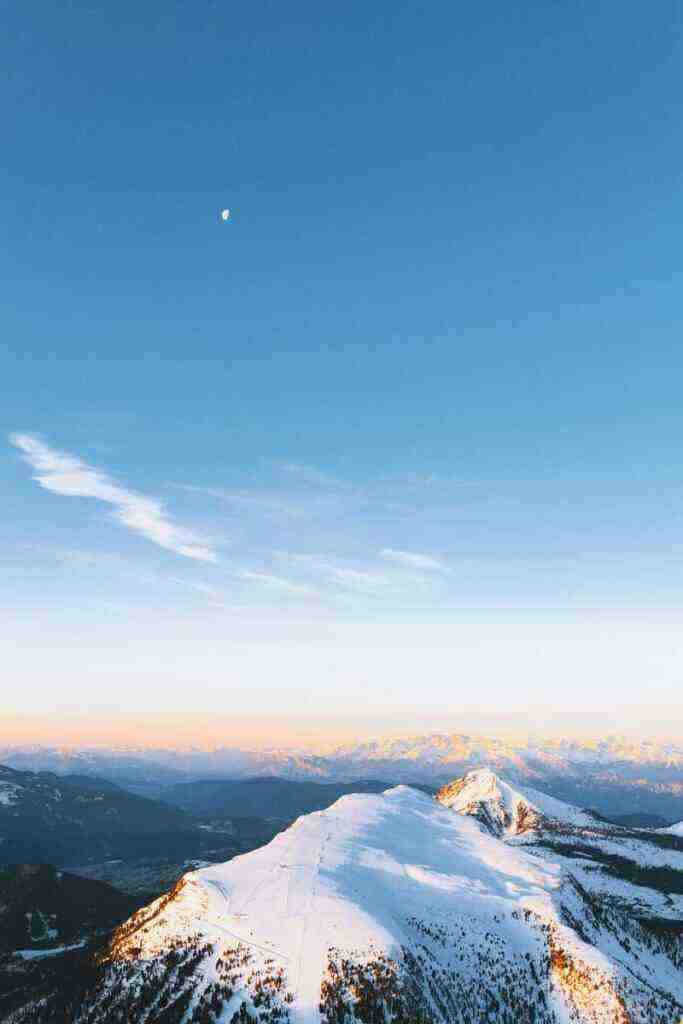The Moon’s Rotation: A Historical Perspective
Unveiling the Rhythmic Dance of Earth’s Celestial Companion
As we gaze up at the night sky, the moon’s presence has captivated humanity for millennia. Its phases, cycles, and captivating beauty have inspired countless stories, myths, and scientific inquiries. Among its many intriguing characteristics, the moon’s rotation has played a crucial role in shaping our understanding of the universe and our place within it.
A Historical Tapestry of Lunar Rotation
Our comprehension of the moon’s rotation has undergone a fascinating evolution. From ancient astronomers to modern-day scientists, the quest to unravel this celestial enigma has been marked by breakthroughs, debates, and an ever-deepening appreciation for the intricate ballet performed by our cosmic neighbor.
Early Observations and Theories
The earliest known records of lunar observations date back to ancient civilizations like the Babylonians, Egyptians, and Chinese. These ancient astronomers recognized the moon’s cyclical changes, noting its phases and tracking its position among the stars. Their observations laid the foundation for understanding the moon’s motion, though their theories were often influenced by mythology and religious beliefs.
The Birth of Scientific Inquiry
As scientific inquiry gained momentum in the Renaissance and beyond, astronomers began to approach the study of the moon with a more empirical approach. Nicolaus Copernicus, Galileo Galilei, and Johannes Kepler made significant contributions to our understanding of the moon’s rotation. Copernicus proposed the heliocentric model of the solar system, placing the sun, not the Earth, at its center. This paradigm shift paved the way for a more accurate understanding of the moon’s movements.
Newtonian Mechanics and the Laws of Motion
Isaac Newton’s groundbreaking work in the 17th century revolutionized our understanding of celestial mechanics. His laws of motion and universal gravitation provided a framework for explaining the moon’s rotation and its intricate relationship with the Earth. Newton’s theories helped to explain why the moon orbits the Earth and why it always presents the same side towards us.
Lunar Missions and Direct Observations
The 20th century witnessed a new era of lunar exploration, culminating in the Apollo missions that landed humans on the moon. These missions provided invaluable data and direct observations that greatly enhanced our understanding of the moon’s rotation. Scientists were able to study the moon’s surface features, measure its gravitational field, and gain insights into its geological history.
The Mechanics of Lunar Rotation
The moon’s rotation, like that of the Earth, is a complex interplay of physical forces. Understanding the mechanics behind this celestial dance helps us appreciate the delicate balance that governs our cosmic neighborhood.
Tidal Locking and Synchronous Rotation
The moon’s rotation is tidally locked to its orbit around the Earth. This means that the same side of the moon always faces us, while the other side, known as the far side or dark side, remains perpetually hidden from our view. This phenomenon, known as synchronous rotation, is a result of the gravitational forces between the Earth and the moon.
The Role of Gravity
The Earth’s gravitational pull on the moon creates a tidal bulge, which exerts a torque on the moon’s rotation. Over time, this torque has slowed down the moon’s rotation until it became synchronized with its orbit. This delicate balance ensures that the moon’s day and night cycles are equal in duration, each lasting approximately 29.5 Earth days.
The Mysteries of the Far Side
The far side of the moon, shrouded in mystery and hidden from our direct view, has long captivated the imaginations of scientists and space enthusiasts alike. Unlike the near side, which is marked by vast, dark plains called maria, the far side is characterized by rugged highlands, craters, and ancient basins.
Exploration of the Far Side
The first glimpse of the moon’s far side came in 1959 when the Soviet spacecraft Luna 3 captured images of this enigmatic region. Subsequent missions, including the Apollo 8 mission, provided more detailed images and data, revealing a landscape significantly different from the near side.
Scientific Significance of the Far Side
The far side of the moon offers a unique opportunity to study the moon’s geologic history and composition. Its ancient craters and basins provide clues to the early bombardment of the solar system, while the lack of maria suggests a different volcanic and tectonic history compared to the near side.
Conclusion: A Journey of Discovery and Wonder
The study of the moon’s rotation has been an integral part of our scientific journey, leading to a deeper understanding of celestial mechanics, the forces that govern our solar system, and the unique characteristics of our lunar companion. As we continue to probe the mysteries of the universe, the moon’s rotation remains a testament to the intricate balance and beauty of our cosmic neighborhood.
Call to Action:
Embark on your own journey of discovery and learn more about the fascinating world of astronomy. Explore online resources, visit planetariums and observatories, and join astronomy clubs to deepen your understanding of the universe and its celestial wonders. Gaze up at the night sky with a newfound appreciation for the intricate dance performed by the moon, Earth, and the countless stars that adorn our cosmic canvas.
